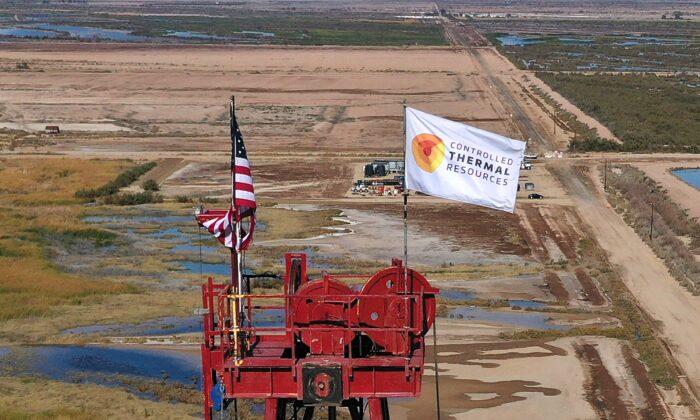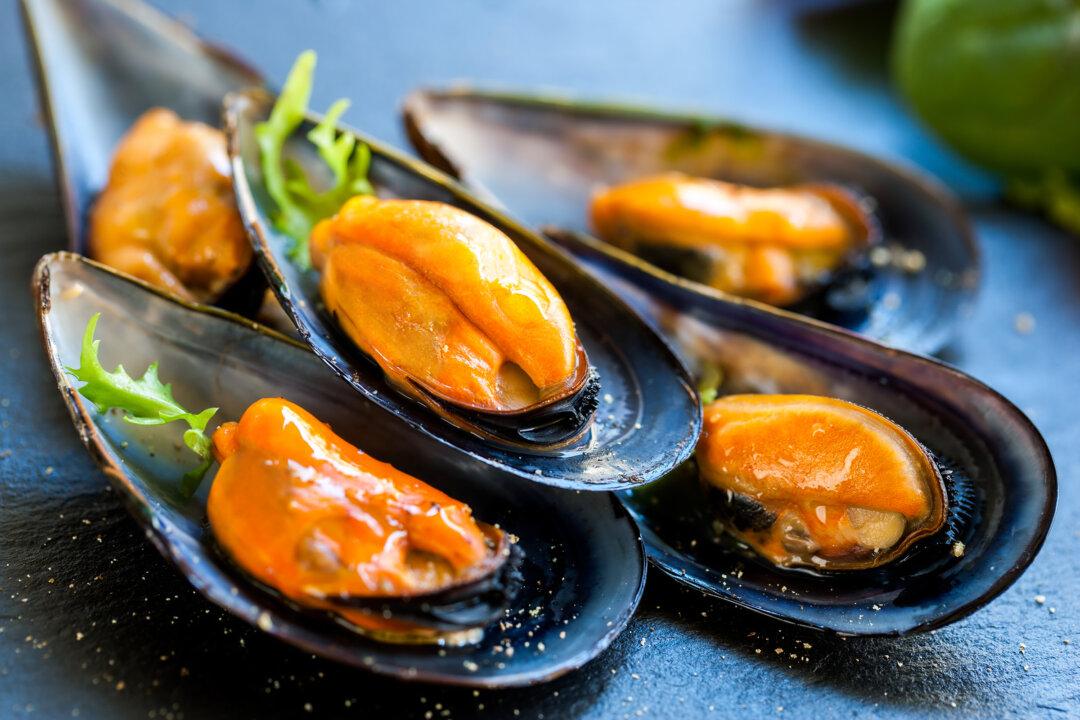Commentary
Recently, Elon Musk, arguably the most influential man in the world, had some advice for aspiring entrepreneurs. If you want to make money, real money, get into lithium mining. It’s sound advice. The importance of lithium—sometimes referred to as “white oil”—cannot be emphasized enough.
Between 1848 and the early 1900s, as the historians Benjamin Mountford and Stephen Tuffnell have discussed in great detail, the world experienced an unprecedented gold rush. According to the duo, from the west of America to Western Africa, “gold discoveries and the rushes that followed birthed new territories and states; triggered short-term booms and busts; provoked violent conflict with local indigenous and other resident communities.” The desire to amass unimaginable fortunes “sparked entrepreneurship of all kinds; reordered production, trade, and labor; exposed humankind’s capacity.”
Fast forward to 2022, and there’s a new rush sweeping across the world. You see, lithium is, in many ways, the new gold (the fact that it is referred to as “white oil” and compared to gold tells you why the element is so valuable).
Rechargeable batteries used in cell phones, tablets, laptops, digital cameras, and, of course, electric vehicles all require lithium, as do the millions of heart pacemakers currently in circulation.

A worker with car batteries at a factory for Xinwangda Electric Vehicle Battery Co. Ltd, which makes lithium batteries for electric cars and other uses, in Nanjing in China's eastern Jiangsu Province, on March 12, 2021. STR/AFP via Getty Images
In 2016, the world had 2 million electric vehicles. Today, it has 20 million. By 2030, it will have 145 million. By 2050, close to 1 billion. The more electric vehicles on our roads, the more lithium required. Around 91 percent of the world’s population (some 7.26 billion people) now own a smartphone; considering the world will have at least 1 billion extra people by 2030, expect smartphone ownership numbers to increase—and with that increase in ownership, an increase in demand for lithium.
This fact is not lost on the Chinese Communist Party (CCP).
The top three countries with the largest lithium reserves are all located in South America. The so-called “lithium triangle” consists of Argentina, Bolivia, and Chile. Considering China’s involvement in all three countries, perhaps it’s better to refer to it as a “lithium rectangle.”
Bolivia, a small, landlocked country less than three times the size of the state of Montana, is home to the largest lithium reserves in the world—21 million tons, to be exact. In 2018, China and Bolivia agreed to engage in deeper, “pragmatic” cooperation.
Less than a year later, as Reuters first reported, the Bolivian government signed a deal worth $2.3 billion with the CCP, granting China’s Xinjiang TBEA Group a 49 percent stake in a joint venture with YLB, Bolivia’s largest lithium company. Although the Bolivians have, up until very recently, struggled to convert potential into reality, things appear to be changing, and China appears to be finally getting what it so desperately desires: access to the loot.
China is also getting what it wants in Chile, home to 9 million tons of lithium. At the start of the year, Chilean authorities awarded a highly-lucrative extraction contract, worth north of $120 million, to BYD, a conglomerate headquartered in Shenzhen, the Silicon Valley of China.
More recently, in Argentina, a country that sits on at least 17 million tons of lithium, Ganfeng Lithium Co., one of the world’s leading lithium manufacturers, made headlines when it purchased two lithium carbonate-producing salt lakes for $1 billion.
As clichéd as it sounds, who controls the lithium reserves very much controls the future. According to a recent Forbes report, China now controls 7.9 percent of the world’s lithium reserves (meanwhile, the United States controls 4.0 percent). Moreover, with vast reserves of its own, China is now the “3rd largest lithium producer in the world, outproducing the U.S. in 2020 by more than a factor of 15.”
Is the United States doomed to lose the lithium race to its biggest competitor?
Although this looks to be the case, all hope is not lost. If the California Energy Commission (CEC) is to be believed, the Salton Sea could prove to be the United States’ saving grace. According to the CEC, the landlocked lake, roughly an hour’s drive north of the California-Mexico border, has enough reserves to supply the United States and 40 percent of the world’s lithium demand.
Rather encouragingly, extracting the lithium shouldn’t pose any problems, thanks to the Salton Sea’s rather unique geography. Unlike reserves in Bolivia, for example, lithium in California exists as a naturally occurring liquid. This means no mining, no blasting, and little if any environmental damage.
In recent times, California has received a fair share of criticism—for a good reason. Yet, somewhat ironically, the state could help the United States remain competitive with communist China.
Views expressed in this article are opinions of the author and do not necessarily reflect the views of The Epoch Times.





